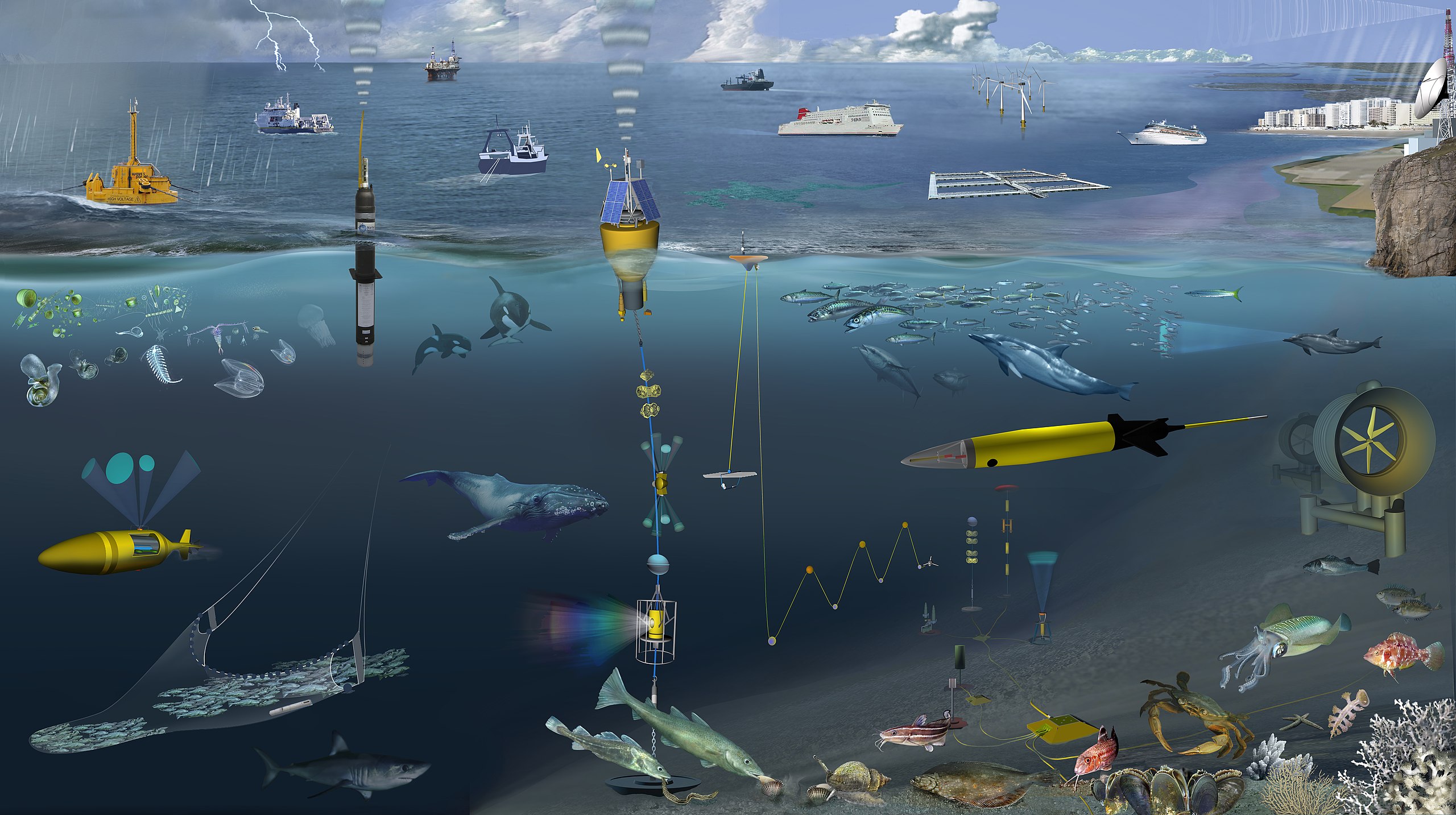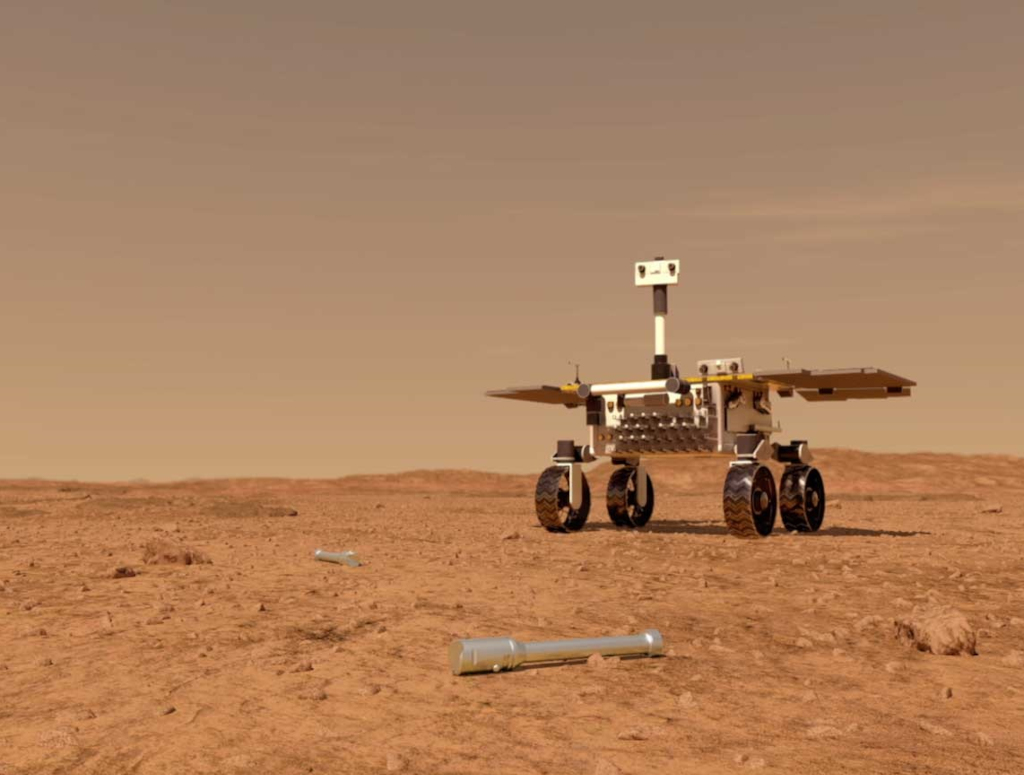
What does it mean to deliver a service? Where does it’s value live? And, even if we know the answers, what do we actually practice in real life?
The 5 Stages of Agile Denial
1. Discovery

You’ve talked to users, you’ve got together a team and you think you’ve got something that meets those users needs.
2. Alpha

First try, does that vision you had of meeting users needs match up to reality? With prototyping and user research, we’re about to find out.
3. Beta

You’ve got a service, there’s real users on it now, and you’re measuring, iterating and getting that valuable feedback on how to make it better for those users.
4. Live

Our service is live, meeting user needs, delivering that all-important service they need in the best possible way. Balloons are released.
5. Nothing

So, what went wrong?

The above might all look well and good, we got our service live, so success! In reality, a fundamental principle was never understood, and as a result, there never truly was service for users, only service creation. With so much emphasis on delivery, and the celebration of getting something live, we never really thought about what it meant to provide a service.
All of our great user research, our iteration, the basing of our work around the user and their needs was fantastic work, and definitely something to be justifiable proud of. It might be one of the first times they’ve had someone properly listen to them and bring them an incredibly important service that they were desperate for, that makes their lives truly better. To not properly understand service delivery means is to waste all that positive work, and may actually leave the people we were trying to serve in a worse place than before.
A service is something a user uses, not something that arrives, is unboxed, and revealed in a burst of ticker-tape. It’s a living thing that will hopefully exist for many years to come, constantly adapting as the needs of its users and the nature of the service required change. If there there isn’t a team, iterating away on the software, still investigating and researching what people need, then nothing has been delivered but instant legacy.
If anything the service team is needed more in the live stage than anywhere else, it’s where reality arrives en-masse, and where we can really take those constantly arriving experiences and turn a useful chunk of software into a civic service that helps to improve peoples lives in fundamental ways. If we targeted our funding up to the point of delivery into live, then we never actually delivered that civic service at all.
If only there was a place where I could get good advice on service design

Well, luckily, there is such a place!
Not thinking about a service in terms of it’s lifetime is a common problem, but thankfully, it’s an easy one to remedy. Knowing that a service is, at it’s core, something that is used, it’s easy to remember the importance of when that happens.










